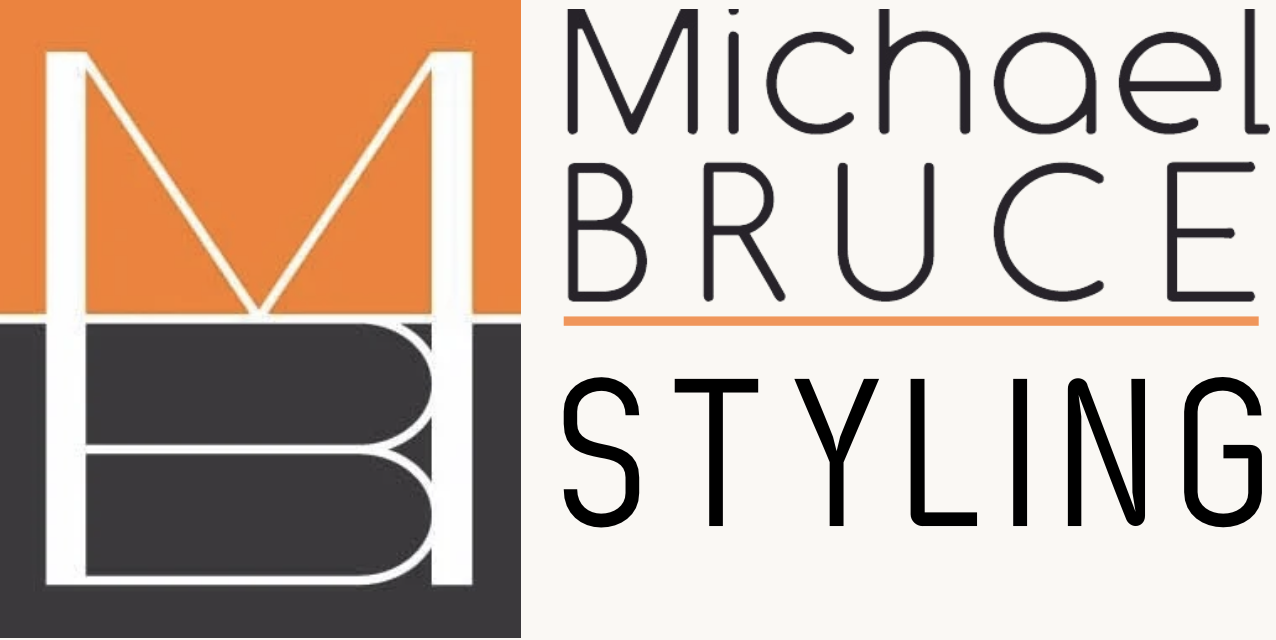Throw Pillows Are Not a Design Strategy
We love a good throw pillow. We really do. But here’s the thing: if the only solution you have for a room that feels unfinished is to “add more pillows,” it might be time for a different approach.
Throw pillows are accents, not answers. They can support a space, but they can’t carry it.
1. More isn’t always better
There’s a fine line between layered and cluttered. Too many pillows can overwhelm your furniture—and your eye. If you’re constantly moving pillows just to sit down, you’re not styling anymore. You’re decorating by default.
Instead: use fewer, better. Look at shape, texture, and placement. A single pillow with presence is often stronger than a pile with no point of view.
2. Pillows don’t fix flow
If your room feels off, the issue probably isn’t softness. It might be layout, lighting, proportion, or all three. A throw pillow can’t balance a too-small rug or make a sectional fit a space that wasn’t built for it.
Step back. Look at the room as a whole. Is the furniture working with the space? Is there visual weight where it needs to be? Solve those issues first, then choose pillows that finish the story - not try to write it.
3. Use pillows as punctuation, not decoration
The best use of a throw pillow? Contrast. A bold color in a neutral space. A sharp texture against smooth upholstery. A soft curve where everything else feels angular. When used with restraint, pillows can add personality, movement, and comfort.
Used without a plan? They just add noise.
There’s nothing wrong with loving a good pillow. We just want you to love your whole space even more. Thoughtful design considers the big picture first and then finishes with the details.
If you’re ready to stop styling on autopilot, we’re here to help you pull it all together.


